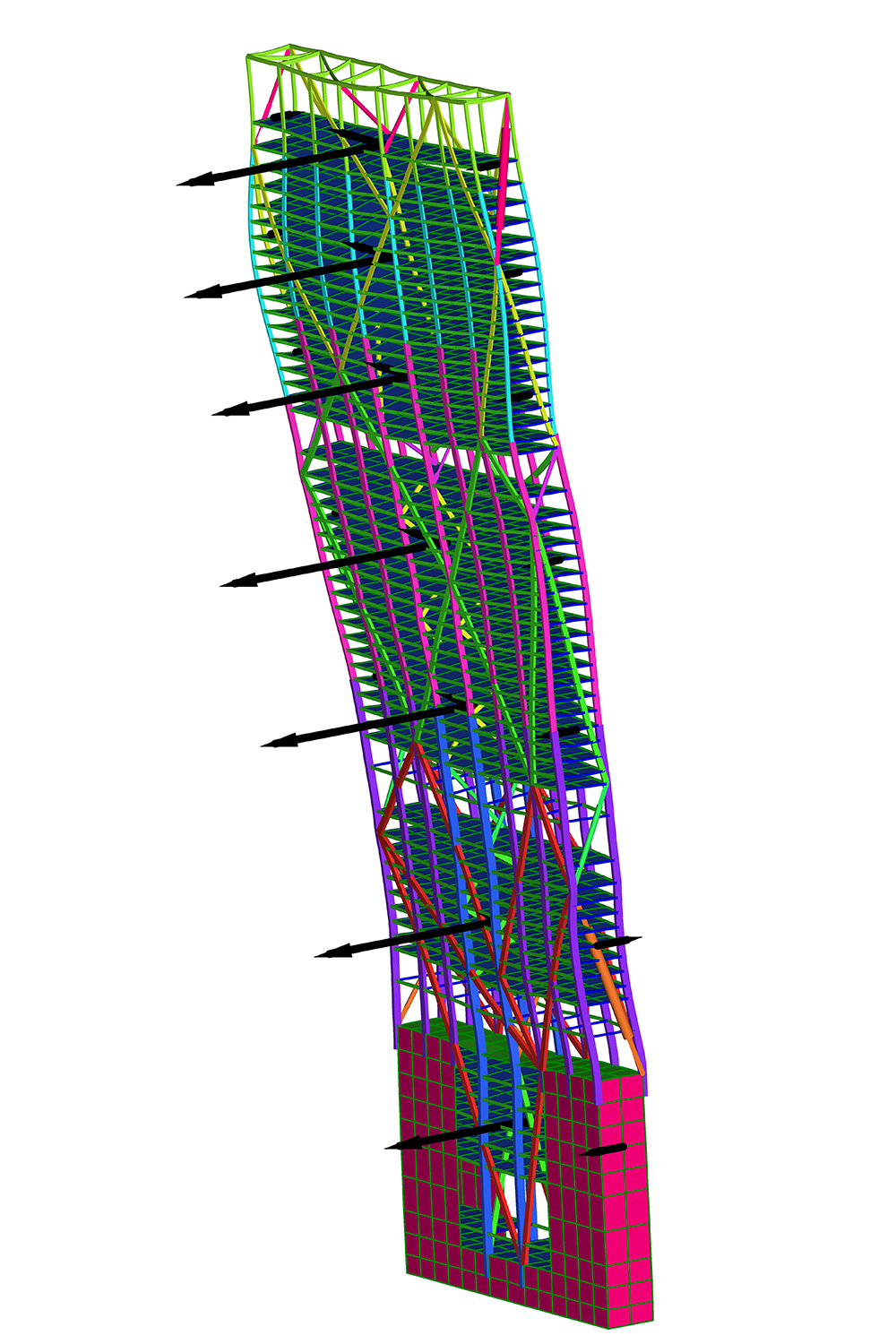Tall buildings expert Andy Mak developed the digital wind method to streamline the design of super slim buildings. And he has lofty plans for the future.
After growing up in Sydney, Mak spent eight years as a structural engineer in his hometown before taking the opportunity to test his skills on the world stage.
“For a structural engineer, Sydney is quite limiting in the tall building space due to the city’s building height limits,” Mak told create.
“For someone to go beyond that limit and challenge the height of tall buildings, you have to go somewhere else…. I had the opportunity to go to the Middle East five years ago with Aurecon, and I jumped on it.”
Slim future
The move seems to have paid off. Not only did Mak take home the ‘Engineer of the Year’ Award at the Construction Week Awards in Dubai in December, he was also named to the Australia’s Most Innovative Engineers list in 2019 for his digital wind method, a process that enables structural engineers to directly solve the wind-induced dynamic effects on complex tall buildings.
“The future of tall buildings is not outright tall – the future of tall buildings is skinny,” Mak said.
“If you look at the urbanisation of cities like New York, Bangkok and even Melbourne, more people want to live in cities, but cities have less land to provide. So tall buildings are becoming even slimmer.”

The additional damping required for super slim buildings led Mak to develop the digital wind Method.
“We can now run a one-hour wind storm simulation digitally on our buildings. Not only are we able to be more precise, we’re able to graphically show clients the real-time behaviour of the building under wind.”
The digital wind method involves capturing the wind flow around a physical model of a building inside a wind tunnel, after which the data is converted into digital forcing functions representing the along-wind and crosswind effects across a building’s height.
These functions can then be imported into finite element software, enabling an analysis of the real-time behaviour and dynamic response of the building, under the recorded wind event.
Digital first
Ever the innovator, Mak’s vision is to further increase the digitisation of the process.
“The current challenge for the industry is that wind tunnel testing takes a lot of time,” he said.
“At the moment, we record the wind in the wind tunnel, then we replay that in the computers and run that wind storm through our computers repeatedly. What we want to do in the future is synthesise the wind. If we can fully digitise that process then we can do as many runs as we have computers.”
For Mak, innovation isn’t about inventing something new, but about building upon proven technology in a novel way.
“The mathematics behind the digital wind method isn’t a new invention, but it’s an innovative way of doing wind engineering for high-rise buildings,” he said.
“I think we can push those boundaries of being more and more digital.”
Andy Mak was named one of Australia’s Most Innovative Engineers in 2019. Nominations are now open for the 2020 list.